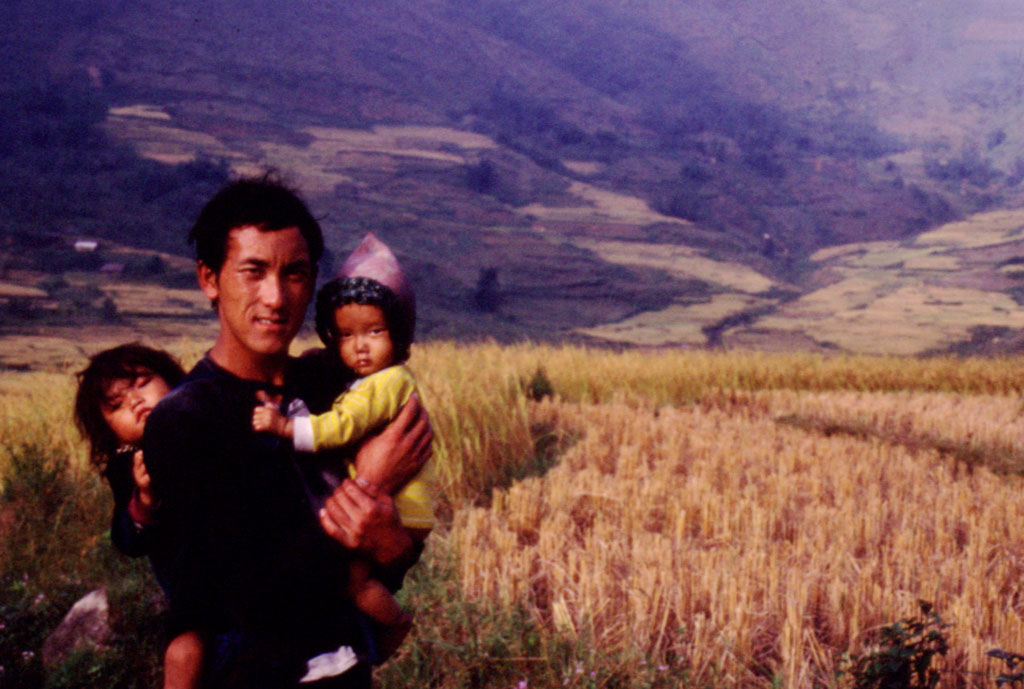* Delving back in the archive this week, here’s a story from my travels in South America on the trail of a rather famous fugitive.
Follow me on Twitter or subscribe to the RSS for more story updates.
Julia Cortes remembers the day clearly: October 8, 1967.
She was a 19-year-old trainee teacher at the tiny schoolhouse in La Higuera, a remote and dusty pueblo lost amongst Bolivia’s eastern lowlands.
When Bolivian troops commandeered the school as a makeshift prison for a wounded combatant, she was charged with bringing the prisoner food.
“I remember the man was blessed with great charisma and intelligence,” she says. “I brought him soup and we talked. He was very polite and respectful to me.”
Little did she know at that time, but that man was Che Guevara and she was to be one of the last people to see him alive.
Che had travelled to Bolivia in November 1966 to mobilise a social revolution. Instead of liberating the rural underclass, however, the local community betrayed him and, after being wounded in a gun battle, he was captured by Bolivian troops.
Then next morning, when Julia returned with his breakfast, the soldiers had already executed him.
His lifeless body was taken to the Señor de Malta Hospital in the nearby town of Vallegrande, where the corpse was paraded before the world’s media.
The bodies of Che and his follow guerrillas were then secretly dumped in unmarked graves. Che’s corpse was only unearthed and finally returned to Cuba for burial in 1997.
Until recently, following in Che’s final footsteps entailed running the gauntlet of lost-in-time settlements and rough, dirt-track roads.
But the inauguration of an official Che route, has opened up the region to a fledgling backpacker trail, fuelled by interest in the cult of Che with films like The Motorcycle Diaries and the forthcoming Che biopic with Benicio Del Toro in the lead road.
Backed by international NGOs, the trail aims to generate vital income for the indigenous community in what is one of the poorest rural areas of Bolivia.
Under the auspices of the project, the local Guarani people are employment in cultural projects, improving the services available to tourists and as official trail guides, charged with explaining events at various stages of the trail.
The organisers sought the support of Che’s daughter in Cuba to rubber-stamp the initiative.
There are, in fact, three routes through Che country, all retracing journeys as documented in his final tome, Bolivian Dairy.
Of the three, the northern trail that runs from Santa Cruz de la Sierra, the economic powerhouse city of southern Bolivia, via Vallegrande to La Higuera, is the most accessible.
Tour operators in Santa Cruz will arrange three to five-day itineraries by jeep, or independent travellers can catch bone-shaking local transport as far as Vallegrande, after which a 4WD will be required due to the perilous state of the roads.
Along the trail, the scenery changes rapidly from lush, tropical vegetation to a rough scrub, dotted only with cacti and the occasional roaming mule.
The route is marked by a combination of roadside panels and ceramic tiles while the Argentina artist, Rodolfo Saavedra, was commissioned to paint a selection of Che-inspired murals at key locations prior to the official launch.
Vallegrande remains the best place to overnight along the trail. Standards are basic but functional with simple B&B-style lodgings and cheap but cheerful restaurants for a hearty set lunch.
The town’s Casa de Cultura, set amongst the sun-bleached facades of colonial buildings fringing the verdant main square, is home to a striking collection of black-and-white photographs that bring to life the tumultuous events of Che’s last stand.
Across town at the Señor de Malta Hospital, the laundry outhouse where journalists snapped images of Che’s corpse is starting to resemble Jim Morrison’s grave in Paris’ Pere-Lachaise cemetery as a site of international pilgrimage.
The burgeoning graffiti collection from across the world features a mix of revolutionary slogans and emotional tributes.
La Higuera, two hours heading southwest along the trail, is dominated by an imposing stone-carved bust of Che [pictured above], erected in 1997 to mark the 30th anniversary of his death.
The schoolhouse is the Holy Grail for steady ant trail of Che pilgrims but remains virtually unchanged from the fateful day of his capture.
As the sun blisters the scrubland and the mules seek shade under towering cacti, the local Che guide unlocks the schoolhouse door for me to gaze upon snatches of revolutionary slogans daubed like blood stains across the faded walls.
I spend a few moments soaking up the silence. As I make to leave, one particular inscription catches my eye.
It reads: “Through this door one man walked out to eternity.”
* This story was first published in BBC History magazine in 2008. Liked this? Try An eco-escape in the Bolivian Amazon.
Post your comments below.


